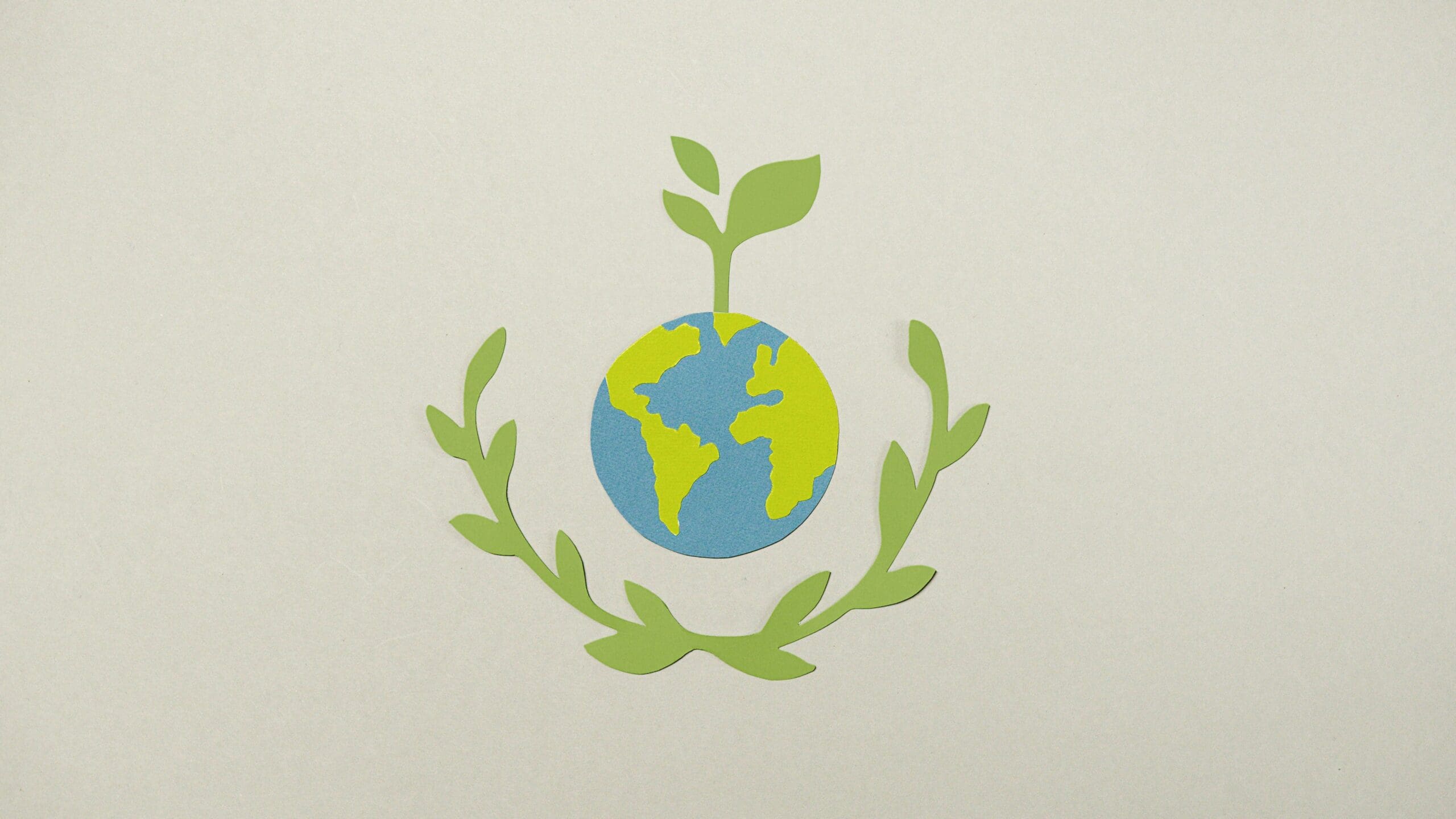
Cylinders Facts for Kids – 5 Super Facts about Cylinders
Table of Contents
Cylinders Facts for Kids: What do you think pringle cans, soup cans, toilet roll, candles and batteries have in common? That’s correct! They are all in cylindrical shape. Let’s discover five super facts about cylinders.
Cylinders Facts for Kids Fact Number 1: A Cylinder Is a 3-D Shape
A cylinder is a 3-D shape that has two edges. An edge is where two faces meet. The edges of a cylinder are curved, not straight. Most 3-D shapes have straight edges such as cubes, prisms and pyramids. A cone is another 3-D shape that has curved edges. A sphere is the only shape that has no edges.
Cylinders Facts for Kids Fact Number 2: Cross Section Shows The Shape Inside a Cylinder
The shape of the cross section in a cylinder determines what type of cylinder it is. A cross section shows what the inside of an object looks like. It is the shape that we are left with after cutting through an object. You can cut your cross section vertically, by cutting the object from top to bottom or horizontally, by cutting the object across from left to right. A horizontal cross section of a basic cylinder is a circle and a vertical cross section of a basic cylinder is a rectangle.
Cylinders Facts for Kids Fact Number 3: There Is More Than One Type of Cylinder
The majority of cylinders are known as circular cylinders, for their circular base. There are also other types of cylinders. Some cylinders are known as oblique cylinders. An Oblique cylinders side is slanted to its base instead of being straight from its base. A famous example of an oblique cylinder is the Leaning Tower of Pisa.

Cylinders Facts for Kids Fact Number 4: The Faces of a Cylinder Are Parallel to Each Other.
The bases or faces of all cylinders are parallel to one another. Parallel means that the two surfaces are always the same distance from one another. Parallel surfaces or lines never meet. Examples of parallel lines are train tracks, the steps of a ladder or the edges of a ruler.
Cylinders Facts for Kids Fact Number 5: Cylinder Shaped Containers Are Often Used for Packaging
Packaging and containers that are in the shape of a cylinder are said to be cylindrical. A few examples of cylinders that we see everyday are pringle cans, soup cans, toilet roll, candles, drums and batteries. Can you think of any other real life examples of cylinders that can be found in your home?

We hope you enjoyed learning about cylinders, come and check out these articles about some other shapes: Circles, Pentagon, Polygons, Spheres, Octagons and Rectangles.
Why not subscribe to our LearningMole Library for as little as £1.99 per month to access over 2800 fun educational videos.


Leave a Reply